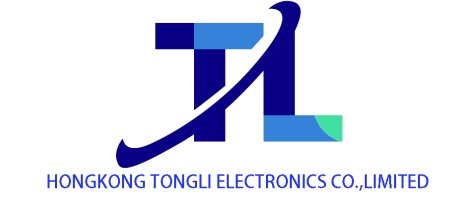Storage Industry Enters Super Cycle: Stock Prices of Multiple Enterprises Hit New Highs, Supply-Demand Imbalance to Last Until 2026
In late September, the global storage industry witnessed a surge in enthusiasm. Stock prices and product prices of leading enterprises rose simultaneously, with the explosive demand driven by AI serving as the core driver. The industry’s super cycle is expected to last for several years.
On September 29, Sandisk soared by 17% in a single day, with a cumulative increase of over 116% in the past month, and its market value exceeded 16 billion US dollars. This round of growth was not triggered by the company’s announcements, but rather because investors regarded it as an important target in the AI hardware field. Coupled with the intensive release of optimistic reports by analysts last week, which raised target prices and ratings, it was emphasized that Sandisk would benefit from the surging storage demand brought by data-intensive AI workloads. Earlier, Sandisk had announced an increase in NAND flash memory prices, demonstrating the recovery of the industry’s pricing power.
On the same day, Seagate Technology and Western Digital, two leading HDD enterprises, saw their stock prices hit record highs. Seagate Technology has achieved a 160% increase this year, and Western Digital a 153% increase, ranking second and third respectively on the S&P 500 Index’s gain list. Morgan Stanley recently raised Western Digital’s target price from 99 US dollars to 171 US dollars, and Seagate Technology’s from 168 US dollars to 265 US dollars. Since September, Micron, Western Digital and other enterprises have also successively announced product price increases, with the prices of some NAND Flash products rising by more than 10%.
The supply-demand imbalance in the industry continues to expand, and AI demand is spreading to the traditional storage field. The average inventory of DRAM has dropped to a historical low of 3-4 weeks, far below the usual 10-week inventory level of buyers. Samsung Electronics’ shift of DRAM production lines to HBM production has led to a decline in output. Combined with the replacement demand for data center servers, this has further aggravated the shortage. NOR Flash prices have already started to rise, and it is expected that due to supply constraints and seasonal demand recovery next year, there will be a shortage of supply. High-density SLC NAND, driven by cloud AI demand, is feared to face a severe shortage. The supply shortage of DDR4 may last until the fourth quarter of 2026, with a gap of approximately 2% still remaining in the third quarter of next year, and DDR3 prices will also increase in 2026.
Samsung Electronics, the South Korean giant, is also favored by institutions. On September 30, its target price was raised by 28% to 115,000 won, maintaining a “buy” rating. Institutions predict that its third-quarter sales will increase by 13.2% month-on-month to 84.4 trillion won, and operating profit will rise by 116.3% month-on-month to 10.1 trillion won, both exceeding market expectations. This is mainly due to the recovery of the HBM and NAND storage markets and the improvement of foundry business.
Analysts pointed out that the cumulative 3 trillion US dollars expenditure on cloud infrastructure in the next few years and the rise of AI inference technology will continue to drive storage demand. Institutions predict that the near-line EB shipment volume of HDD will achieve a compound annual growth rate of 22% in the next three years. The gross profit margin of relevant enterprises is expected to exceed 45% at the beginning of 2027, and the EPS growth in the 2028 fiscal year may exceed 35%. The high prosperity of the storage industry is expected to continue.
